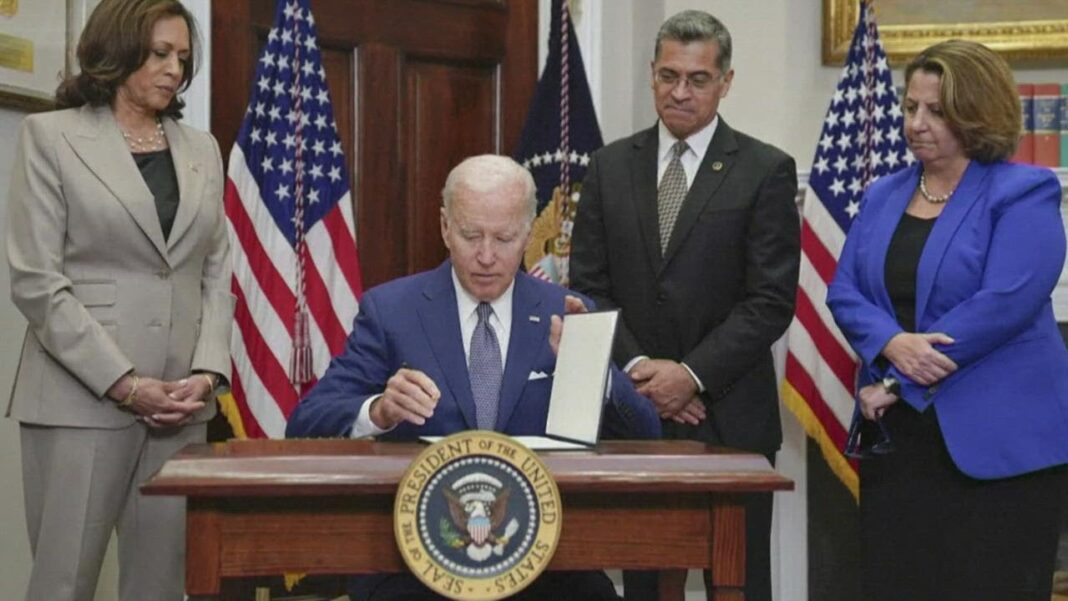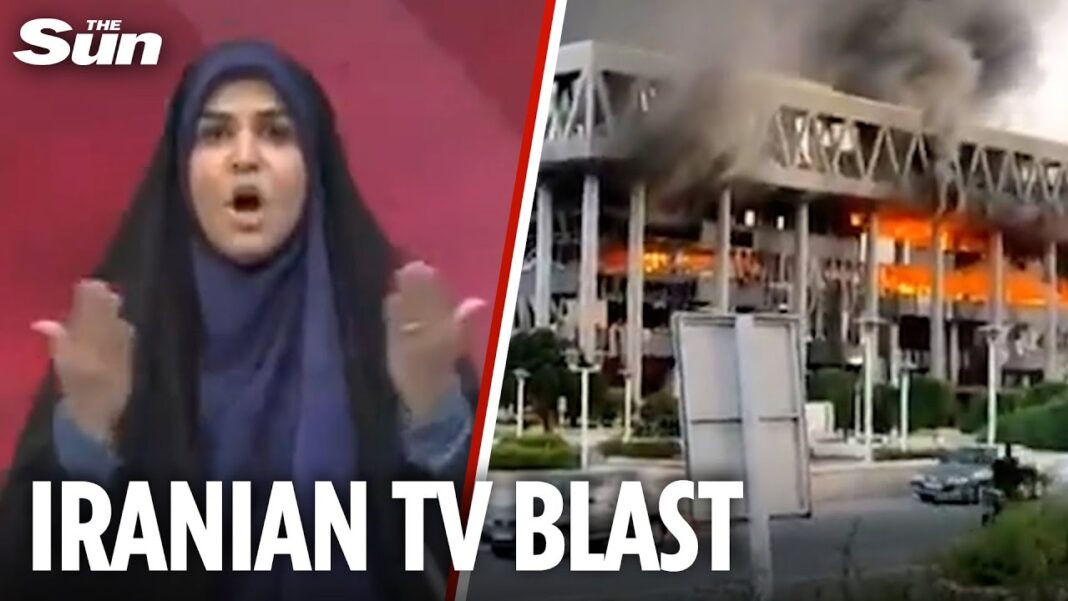This is a breakdown of what we know about the Iranian regime, the succession to Ali Khamenei, and the opposition groups hoping to take over.
Iran and Israel have been at war since June 13, when Israeli Prime Minister Benjamin Netanyahu launched Operation Rising Lion to destroy Iran’s nuclear capabilities.
On June 19, Israeli Defense Minister Israel Katz said that Iranian leader Ali Khamenei “cannot be allowed to exist” after Iran fired a missile at a hospital in Be’er Sheva.
This is a breakdown of what we know about the Iranian regime, the succession to Khamenei, and the political opposition groups that hope to take over if it collapses completely.
Structure of Iran’s Regime
The Islamic Republic of Iran—to give the regime in Tehran its full title—was set up in 1979 after the collapse of the U.S.-backed monarchy under the last shah, Mohammad Reza Pahlavi.
It was initially led by Ayatollah Ruhollah Khomeini and, after he died in 1989, another Shia cleric, Ali Khamenei, took over the post of so-called “supreme leader” and remains in that role today.
In 2020, the Tehran Times, the regime’s English-language newspaper, said 60 percent of Iran’s population was under 30, which means that the majority of Iranians have never known their country where Khamenei was not in charge.
Iran holds presidential elections every four years, but all the candidates have to be approved by Khamenei, and their electoral programs do not challenge the basic tenets of the regime.
Battle for Succession if Khamenei Dies
President Ebrahim Raisi was thought to have been lined up by Khamenei as his successor, until he was killed in a helicopter crash in May 2024.
Khamenei, 86, appears to have gone into hiding, and his statement was read out on Iranian state television on Wednesday by an anchor, over a still image of the leader.
If he is killed by an Israeli air strike or some method of assassination, the regime will want to replace him quickly.
The next “supreme leader” will be chosen by the Assembly of Experts, whose members are selected by the Guardian Council, which was chosen by Khamenei.
The two most likely successors are Khamenei’s second son, Mojtaba, who is 55, and 62-year-old Ayatollah Sadiq Larani.
An outside chance has to be given to Hassan Khomeini, the 52-year-old grandson of Iran’s first “supreme leader.”







